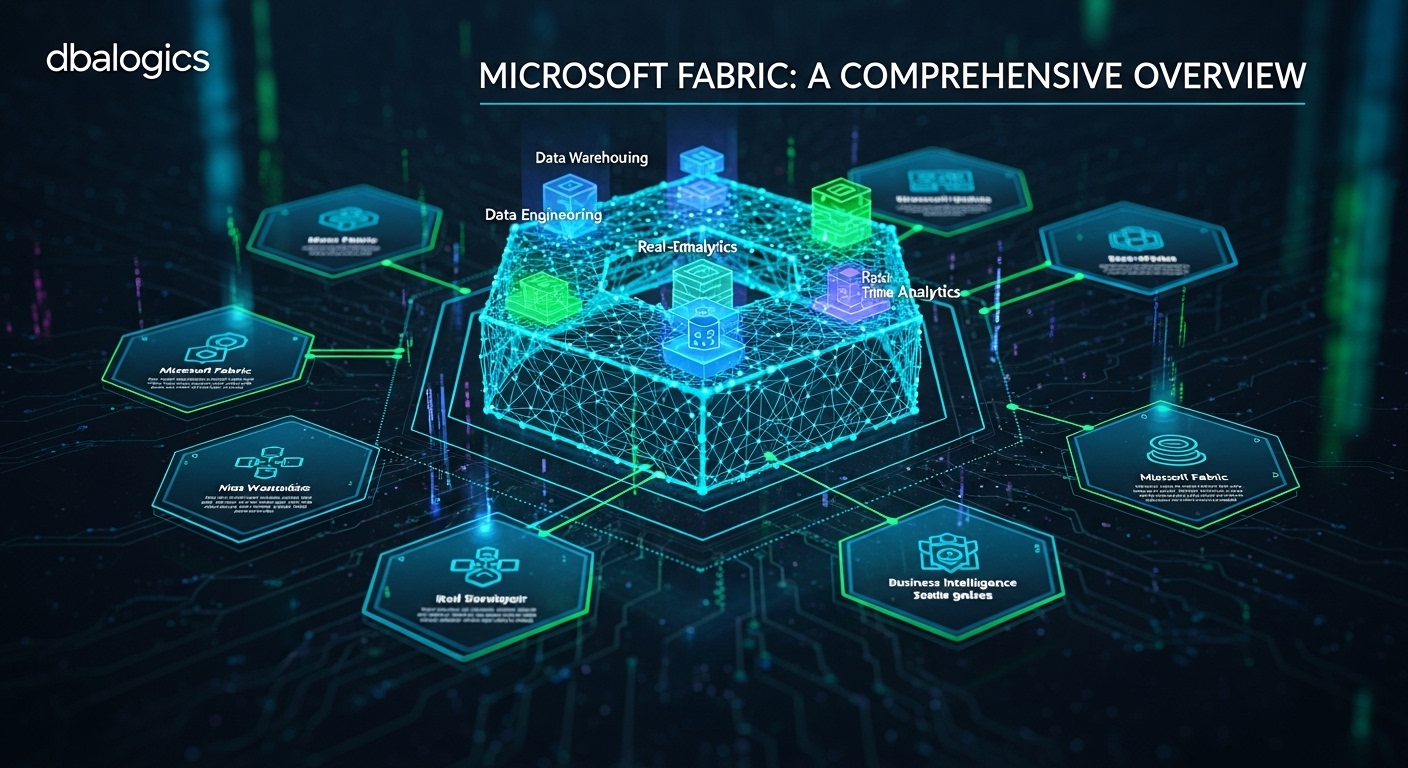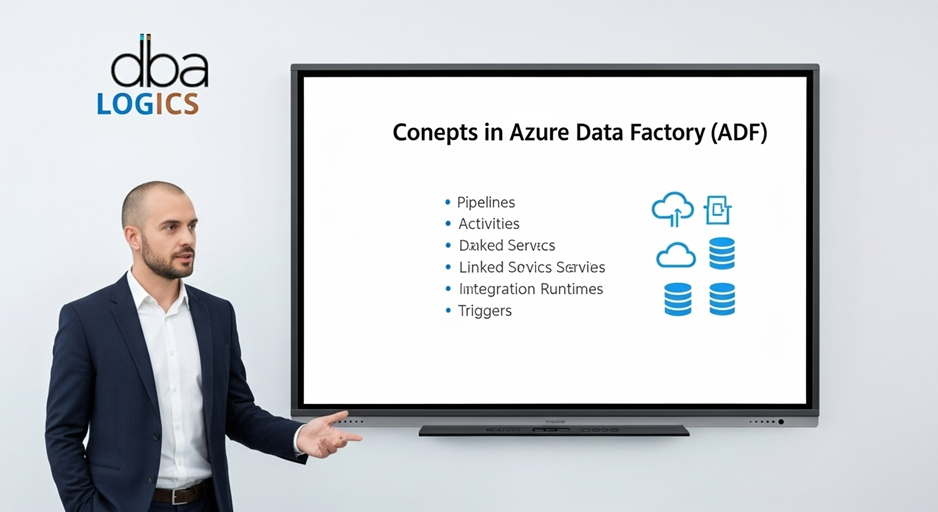
Understanding Azure and Cloud Computing
Microsoft azure is a place where you can implement and provide data storage and distribution, host and administer applications. It is a service of cloud computing.
1. Why is Azure?
- You neither need new hardware and you only pay per usage.
- You may collaborate with the other cloud services.
- You have the ability to either increase or decrease the services fast.
- You are able to control growth by capacity planning.
2. What is Azure?
- Azure sees and saves data and programs in clusters of computers that have a similar pool of resources.
- Your software operates on virtual machines which tap into the common pool.
- You can manage each of the virtual machines by utilizing a cloud portal.
2 a. Storage
- Your data is stored in cloud storage accounts.
- You access file shares in Azure to store and share files with others.
- You are able to protect your data by means of backup in the cloud to recover in the event of a disaster.
2 b. Computing
- Virtual machines (that may be smaller or larger) run the programs on them.
- Resources are automatically balanced across virtual machines through the service.
- You select the virtual machines to suit your requirements either in memory, CPU or disk capacity.
3. Azure security
- Azure encrypts and manages access to your data.
- You control security features through cloud portal.
4.Databases
Azure database services are available in multiple types consisting of:
- Azure SQL Database rational workload
- Azure Cosmos DB: Globally distributed NoSQL
- MySQL-based Azure Database
- Azure Database of PostgreSQL
All services deliver scalable and secure high-performance data management.
5.Networking
Azure Networking provides such tools as Virtual Network to connect in a secure way, Load Balancer to divide traffic, DNS to manage a domain, and Content Delivery Network (CDN) to provide fast content with low latency.
6.Machine Learning / AI
Azure Machine Learning enables the creation of AI models in an efficient manner, and trains and deploys them, and Azure Cognitive Services provides pretrained AI-powered capabilities across vision, language, and decision-making, giving businesses access to intelligent and automated solutions at scale.
7.Internet of Things (IoT)
Azure IoT Hub is a secure service to connect, monitor, and manage IoT devices and Azure IoT Central is a simplified and scalable IoT solution, which helps quickly build and deploy smart, data-driven solutions to multiple industries.
What is Cloud Computing?
Cloud computing refers to the provision of computing capabilities, such as servers, storage, databases, networking, software, analytics, and intelligence over the Internet ("the cloud") to enable faster innovation, flexible resources, and economies of scale. As opposed to having and managing your data centers, you can use the as-needed technology services offered by a cloud provider.
Major Features of Cloud Computing
- On-demand self-service: Computing resources, including server time and network storage, can be accessed to provide the users with the resources when they require them without communicating with the various service providers.
- Universal access to network Broad network access: The network offers cloud services and can be accessed with the use of standard software enabling numerous types of devices to use them such as mobile phones, tablets, laptops, and workstations.
- Resource pooling: The resources of the provider are pooled in order to accommodate a large number of customers simultaneously. The resources are allocated and relocated automatically to demand both physically and virtually.
- Rapid elasticity: Cloud services are able to expand very rapidly with demand, and contract the same way once demand decreases. In other instances this occurs without any human involvement. The resources provided to the user in some cases feel infinite and un-quantifiable to the user and can be used at any time as much as one wants.
- Measured service: The cloud systems monitor the usage of the resources and modify them automatically. They also monitor consumption at the appropriate level per service i.e. storage, processing, bandwidth or active user accounts. They would subsequently pass such numbers which give the provider and the consumer a clear understanding of usage.
Here, imagine operating an online store. You can utilise cloud computing, rather than purchasing servers, constructing databases, and operating network infrastructure. You rent the required resources by using a cloud service and you pay only what you need. As your shop increases you can conveniently expand your resources without substantial outlays or complicated infrastructure management.
Cloud Service Models
There are three main models of service with cloud computing:
1. Infrastructure as a Service (IaaS): Allows access to basic computing facilities such as virtual machines, storage and networks. You take care of the operating system, applications and data.
2. Platform as a Service (PaaS): It offers a platform to develop, execute and administer application without the complexity of managing the underlying infrastructure.
3. Software as a Service (SaaS): Offers applications that are already made ready to use on the Internet. You just run the software, you do not think about installing, maintain and infrastructure.
Examples:
IaaS: Deploy a web server of your own with Azure Virtual Machines.
PaaS: Run a web application on the servers without maintaining the servers using the Azure App Service.
SaaS: Utilize Microsoft office 365 in terms of email and productivity.
Deployment Models of Clouds
Cloud resources may be deployed in a variety of ways:
Public Cloud: The cloud provider provides resources on the Internet on its own infrastructure and owned by a third party.
Private Cloud: It is shared only by one organization, and may be either local or on a third party.
Hybrid Cloud: This is a blend of public and the private cloud and the data as well as applications can be shared between the two cloud.
Advantages of Azure:
Scalability: It is easy to scale your resources quickly down or up depending on the demand.
Economical: Only pay what you consume.
Reliability: Azure gives high availability and disaster recovery options.
Security: Azure has in place strong security measures to secure your information.
Innovation: Opportunity to have access to innovative technologies, such as AI and machine learning.
Global Reach: Launch your apps in datacenters in locations across the globe.
Conclusion
Cloud computing (and platforms such as Microsoft Azure) provides a revolutionary method of IT infrastructure and application development. With the right knowledge of the key points of cloud computing and the features of using Azure, companies can diversify the use of these technologies in the organization and benefit even more agility, scale and cost effectiveness. No matter the size of your business, large or small startup, Azure has a numerous array of services that will fit your unique needs to make innovations.



Post Comment
Your email address will not be published. Required fields are marked *